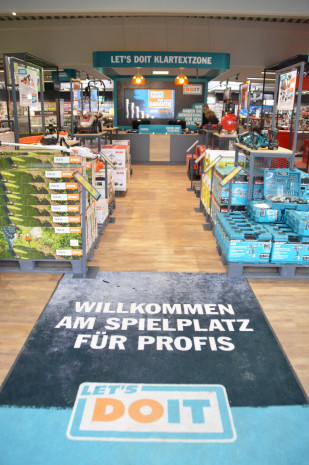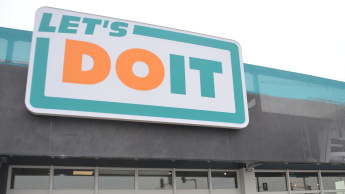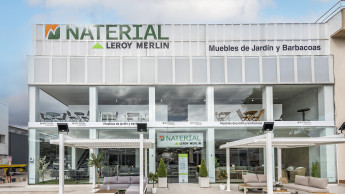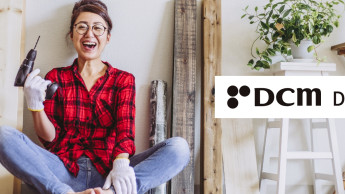The store in question is the new Let's do it outlet in the Austrian city of Wels. Of course, this is not how the DIY store of the future or of the present looks, because this is a specialised format focusing on tools.
Home improvement stores could learn something from this, however - in particular, how the much-vaunted concepts of digitalisation and emotionalisation can be combined successfully in the retail space. That was the aim of the project, explains project leader Manfred Mandler: "To implement the omnichannel strategy of Let's do it successfully in the retail area."
Let's do it is a distribution channel for the speciality tool trade, including garden appliances, which was developed by the Austrian 3e AG group of companies 15 years ago. There are now 50 such outlets in Austria as well as another 22 in Hungary, Bosnia-Herzegovina and Serbia.
The target groups are professionals, consumers and the combination of both, the do-it-for-me customers. The focus is on addressing trade customers, therefore, something that the store design in wood and concrete is intended to accentuate. What is more important, however, is that "the professional wants a sales assistant who is an equal," emphasises Mandler. The five staff members have relevant background experience accordingly. On entering the 530 m² store the customer is guided directly to its core element, the "plain language zone", as the central information counter is called. By analogy with this, two further zones have been introduced that are unfamiliar hitherto from bricks and mortar stores: the "try-it-out zone" and the "compare zone".
The "try-it-out" zone right next to the entrance is visible from outside through the display window façade. In this test centre, tools and material stand ready to enable customers to put impact screwdrivers, cordless drills, saws and grinders through their paces.
The two "compare zones", one for tools and one in the garden department, have a really digital feel to them. Customers can place up to four appliances on a desk and the technical data of each appears on a screen located above them. This permits a comprehensive comparison of performance data, as in online shopping.
Other digital devices are also available to the staff. The most striking…









